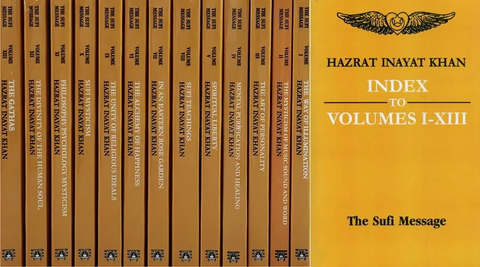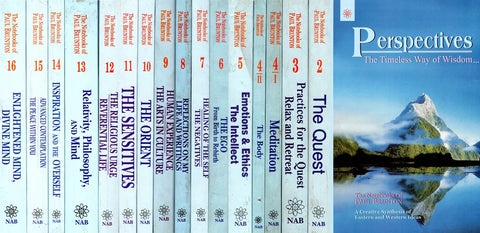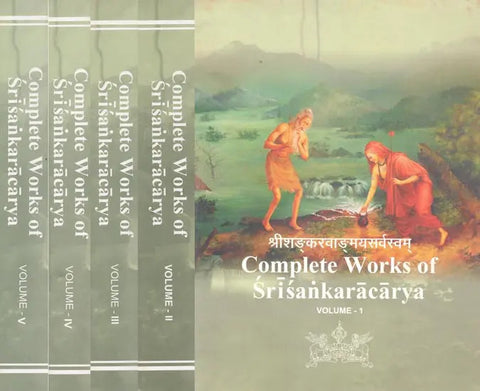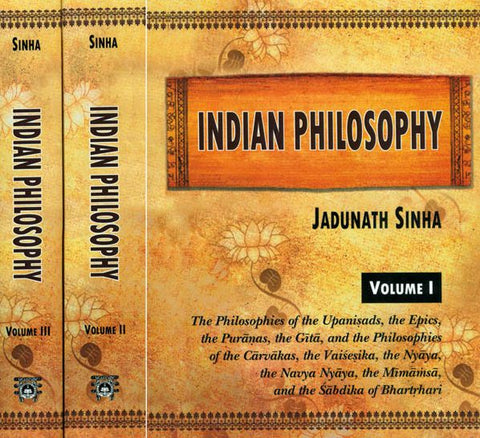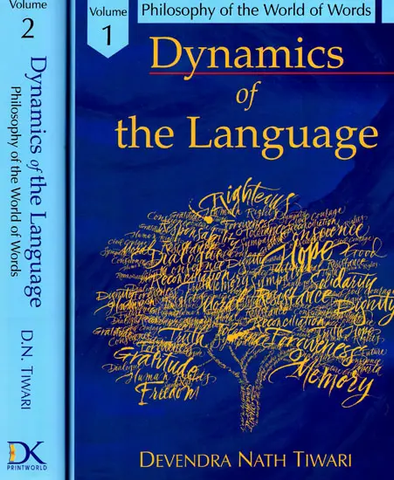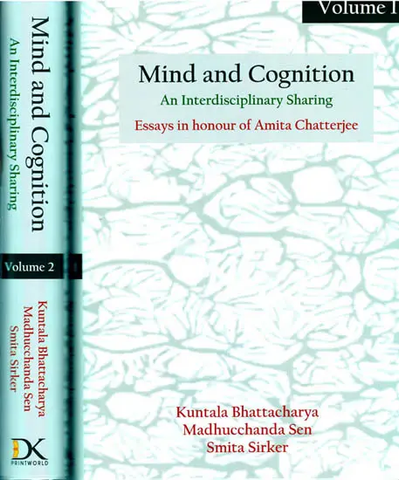Your cart is empty now.
This book represents the first systematic collection and analysis of the principal legends about Kabir Das, a fifteenth-century poet-saint. It focuses on the ways in which the legends embody and reflect the often changing social and religious needs of those who created and listened to them. Particular attention is paid to the earliest known collection of legends, Ananta-das’s Kabir Parachat. This book makes available for the first time an English translation of this text, with detailed notes on its variant readings, as well as a corrected Hindi edition based on a comparison of over a dozen manuscripts.
‘The various historical synchronisms between Kabir and his leading contemporaries, including Ramananda and King Virasimhadev Baghel, are re-evaluated, and a solution is proposed to the longstanding debate about Kabir’s dates.
David N. Lore is Professor in the Center of Asian and African Studies of El Colegio de Mexico.
I first heard the name Ananta-das in 1976 when I was just beginning my research on the Kabir Panth. In a series of interviews with Ganga- sharan Shastri, the administrative head of the Kabir Chaura monastery in Varanasi, he read to me portions of a book on Kabir’s life that he was writing and would soon publish as the Kabir Jivanacharitra. In this book and his comments on it, he often referred to Ananta-das’s Kabir Parachai. The only manuscript of this text he knew of was in the library of the nearby Nagari Pracharini Sabha. Since the library was (and continues to be) quite jealous of its manuscripts, he was not allowed to copy more than two pages, but he worked around this obstacle by sending, one by one, a dozen or so sadhus to the library. Each sadhu copied another two pages until the text was complete. Gangasharan Shastri himself was reluctant to share his handwritten copy and only gave me a chance to glance through it. At the time, my chief research interest was the monastery and not Ananta-das in any case. Nonetheless, my curiosity was aroused, and the idea of working more closely with this text stayed with me.
My chance to do so came in October 1982 when I stopped in London en route back to Mexico from India in order to look at a manuscript of the Kabir Parachai[A 12] that I had learned was in the India Office library. After examining the manuscript, 1 ordered a photocopy of a microfilm of it from the library. This photocopy was kept mostly filed away until 1985 when Professor Jagdish Kumar of the University of Delhi joined the Center of Asian and African Studies of El Colegio de México as a visiting professor of Hindi. He began the task of teaching me to read the text. With very little help from me, he prepared a tentative translation of the text into modern Hindi. The work was complicated by the fact that we had only one manuscript to work with. In addition, since this India Office manuscript is bound as a thick book, the letters nearest the spine are either out of focus or simply blacked out in the photocopies of the microfilm. To make matters worse, the parts of the original manuscript written in red ink are virtually invisible since the photographer failed to use a green filter. Nonetheless, with the help of a number of what later proved to be remarkably accurate guesses, Professor Kumar managed to fill in most of the missing letters.
I finally set about getting copies of some additional manuscripts in 1986 during a one month visit to India. With the help of Dr. Shukdev Singh of Banaras Hindu University, I managed to get permission from the director of the Nagari Parcharini Sabha Library to look at the Kabir Parachai manuscript (no. 877] that the sadhus of the Kabir Chaura monastery had copied several years before. I was allowed to compare it to my transcription of the India Office manuscript and to note down any differences in the readings. The two texts proved to be remarkably similar. Both are in fact important manuscripts of what I eventually came to call the Niranjani Panthi recension of the text because of its association with the religious sect known as the Niranjani Panth or Niranjani Sampraday (see below, chapter four).
About this time, I also learned that Professor Ram Kumar Varma of Allahabad University had published in 1983 a text of Ananta-das’s Kabir Parachai as an appendix to his book, Kabir: Ek Anushilan. In the company of Dr. Shukdev Singh, I then went to Allahabad to ask Professor Varma about the manuscript he had used. Professor Varma claimed that he had lent the single manuscript used for his published text to a student whoever returned it. On this same visit to Allahabad, we had somewhat better luck in the Hindi Sahitya Sammelan. The authorities of the Sammelan kindly gave us permission to photograph their sole manuscript of the Kabir Parachai [HSS 1900] and promised that after the electricity came back on they would make a xerox copy of it and mail it to me, which they did.
A few days later, I set off for Rajasthan and Gujarat to visit some of the Kabir Panth monasteries in that region in the company of sant Vichar Das, an influential young sadhu and fine scholar from the Kabir Chaura monastery. Professor John S. Hawley of Columbia University had previously suggested to me that there might be copies of the Kabir Parachai in the manuscript collections of the Rajasthani Shodh Samsthan [RSS] and the Rajasthan Prachyavidya Pratishthan [RPP] in Jodhpur. We made Jodhpur our first stop. In the libraries of these two institutes we found numerous manuscripts of Ananta-das’s parachais of various sants including Kabir. With the kind permission of Dr. N. S. Bhati of the Rajasthani Shodh Samsthan and Dr. Padmadhar Pathak. of the Rajasthan Prachyavidya Pratishthan, I was allowed to photograph several Kabir Parachais found in these manuscripts. Unfortunately, in the latter institute the guardian of a room containing several other manuscripts was on vacation, and we were unable to examine those kept in this room. I was finally able to see these manuscripts on a subsequent visit in 1990. In 1986, after my visit, Dr. Pathak sent me a photocopy of the Kabir Parachai found in the 1693 V. S. manuscript [RPP 11583] via the Mexican ambassador in Delhi, Professor Graciela de la Lama, who sent it on to me in Mexico City. This appears to be the oldest extant manuscript of the Kabir Parachai.
Early in 1987, Imet Dr. Winand Callewaert of the Catholic University of Leuven at a Sikh Studies conference in Berkeley, California. He was working on the preparation of a critical edition of a number of the parachais attributed to Ananta-das, mainly on the basis of manuscripts found in the library of the Dadu Mahavidyalay. We were naturally very interested in each other’s projects and agreed to try to collaborate. | lent him copies of the manuscript photographs and photocopies I had collected in London and India and later sent him a draft copy of the English translation of the Kabir Parachai text. He sent me transcriptions of several of the manuscripts he was working with as well as drafts of his own critical edition of the Kabir Parachai text. Unfortunately, this collaboration did not work out quite as well as we had hoped because of the difficulties of working together by mail and because of a purely scholarly disagreement about the relative values of what turned out to be the two principal recensions of the text (what I have called here the "Niranjani Panthi and Dadu Panthi recensions" respectively). In any case, it should be clear that both Callewaert and I have benefited from each other’s work.
In September of 1987, Dr. Uma Thukral arrived in Mexico to join the staff of the Center of Asian and African Studies of El Colegio de México to become professor of Hindi, Professor Jagdish Kumar having returned to Delhi in December of 1986. Professor Thukral and I then set about preparing a full English translation of the Kabir Parachai with the help of the various manuscripts at our disposal as well as Callewaert’s transcriptions and a draft of his critical edition. We chose as our basic text a "corrected edition" of the Niranjani Panthi recension of the text that I prepared on the basis of the India Office library manuscript [A 12] and other manuscripts of this recension (see the dis- cussion in chapter four). We also consulted and translated the alternate readings of the Dadu Panthi recension of the text as given in the 1693 V. S. manuscript [RPP 11583] and in the draft of Callewaert’s critical text.
Sample Pages

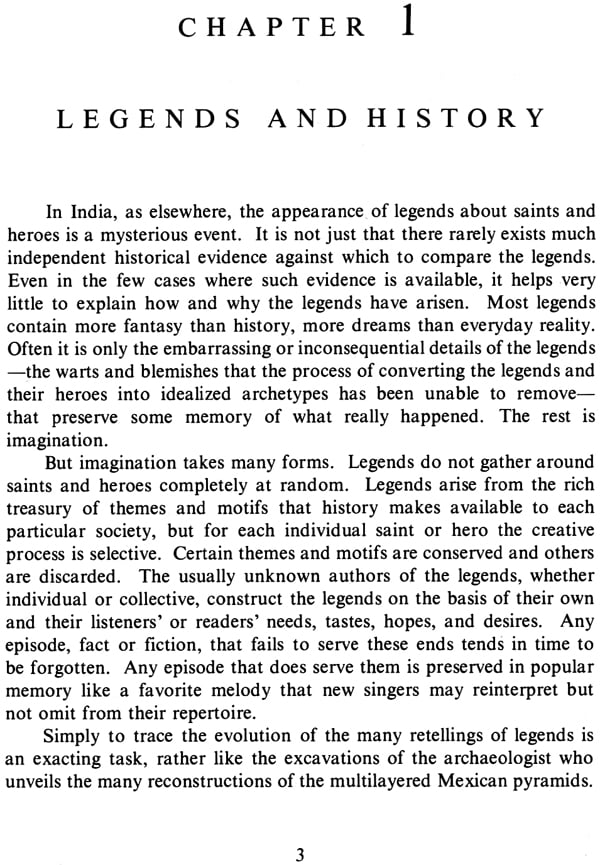
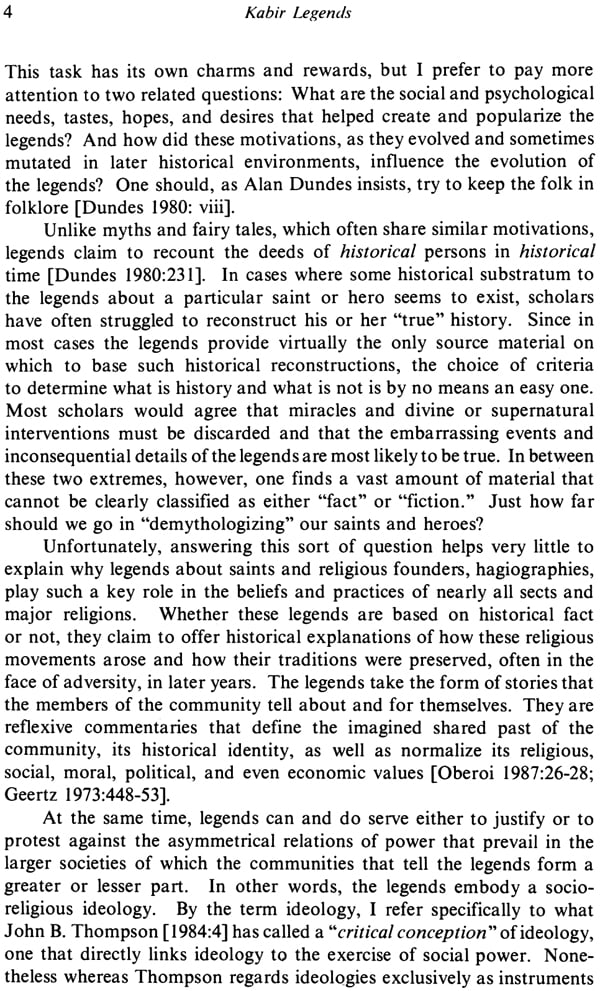
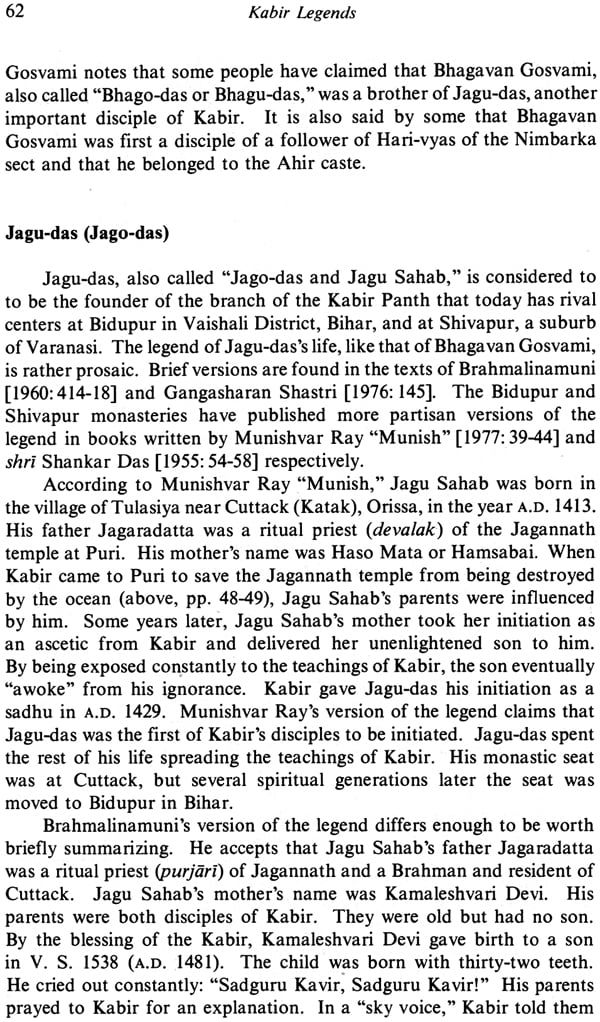

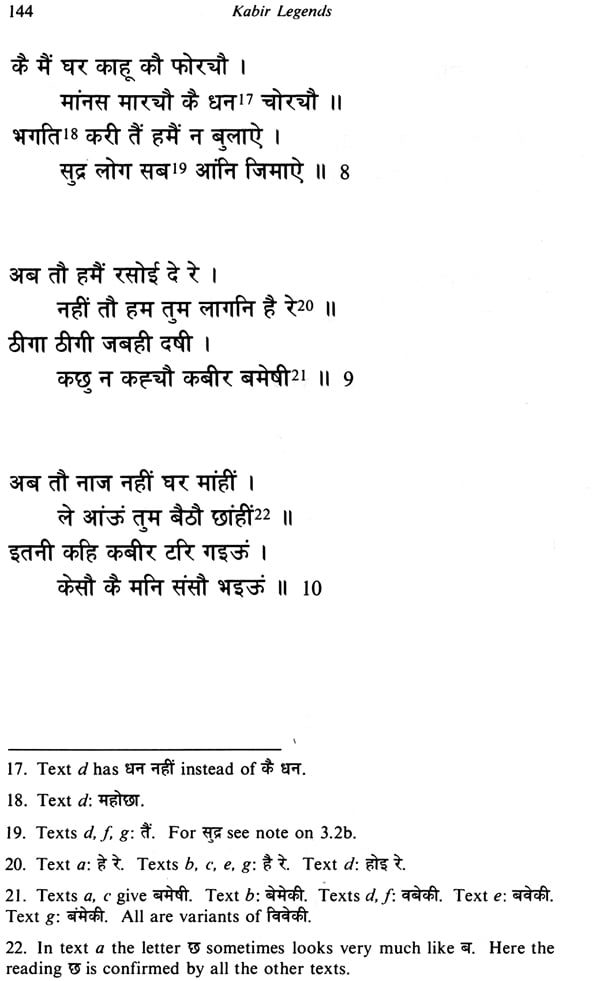
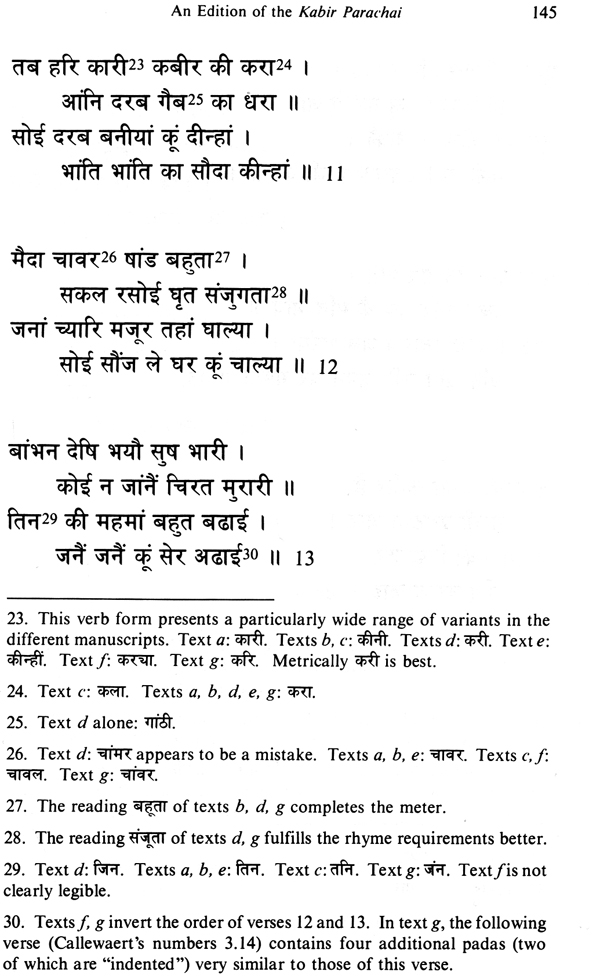

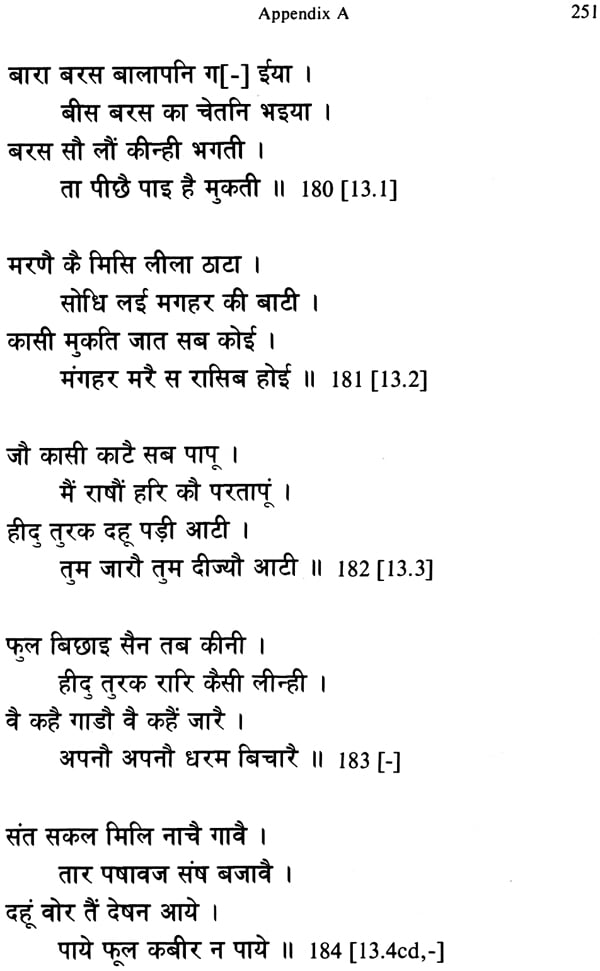
Delivery and Shipping Policy
- INTERNATIONAL SHIPPING
- Rs.1000-1100/kg
- ESTD. Delivery Time: 2-3 weeks (depending on location)
- Bubble Wrapped with Extra Padding
- NATIONAL SHIPPING
- NCR: Rs. 30/half kg
- Standard: Rs. 80/half kg
- Express shipments also available on Request
- ESTD. Delivery Time: Ranging from 1-4 days up to 7 business days (Depending on your choice of Delivery)
- TRACKING
- All orders; national or international, will be provided with a Tracking ID to check the status of their respective orders
- Depending on the Shipping Service, Tracking ID may be used on their respective tracking portals
Frequently Asked Questions (FAQs)
Domestic Shipping: 3-4 Days (after shipping)
International Shipping: 1-2 weeks (based on your location)
You will receive an email once your order has been shipped or you can email us if you didn't receive tracking details (info@mlbd.co.in)
Every book that we sell is the latest edition except all the rare books
Yes, we do provide free shipping, only on domestic orders (within India) above Rs.1500


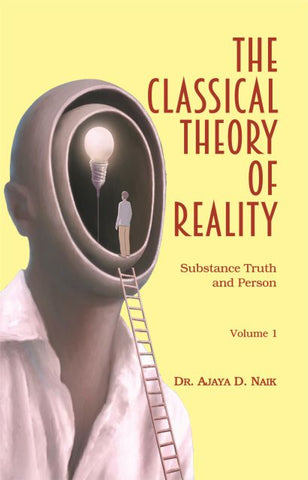
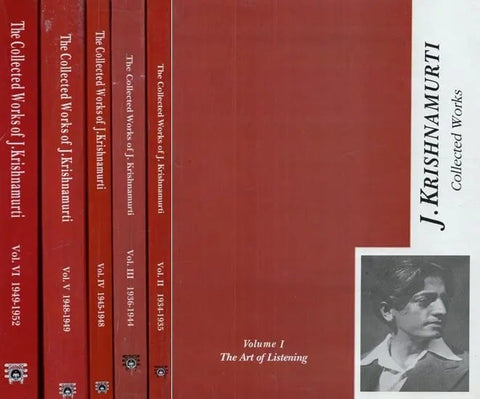

![A HISTORY OF INDIAN PHILOSOPHY [5 VOLUMES] by Surendranath Dasgupta](http://www.motilalbanarsidass.com/cdn/shop/products/HISTORYOFINDIANPHILOSOPHY_large.jpg?v=1675238163)
